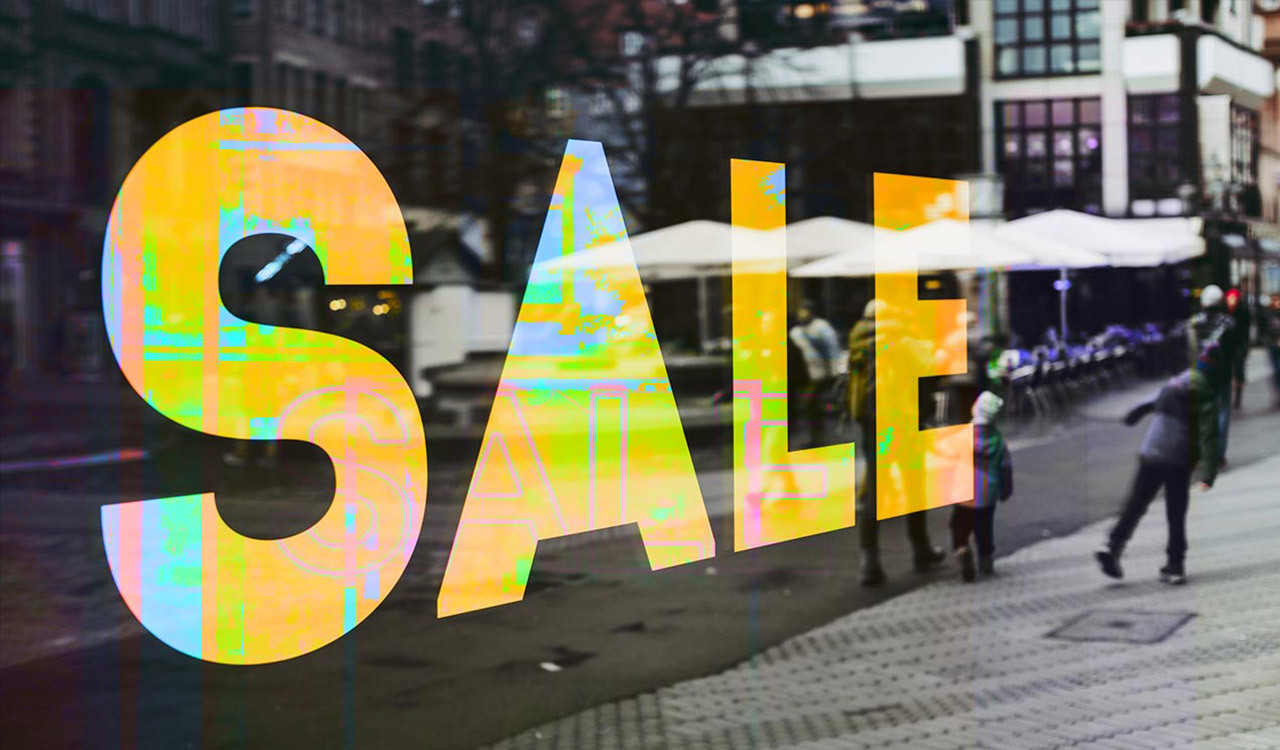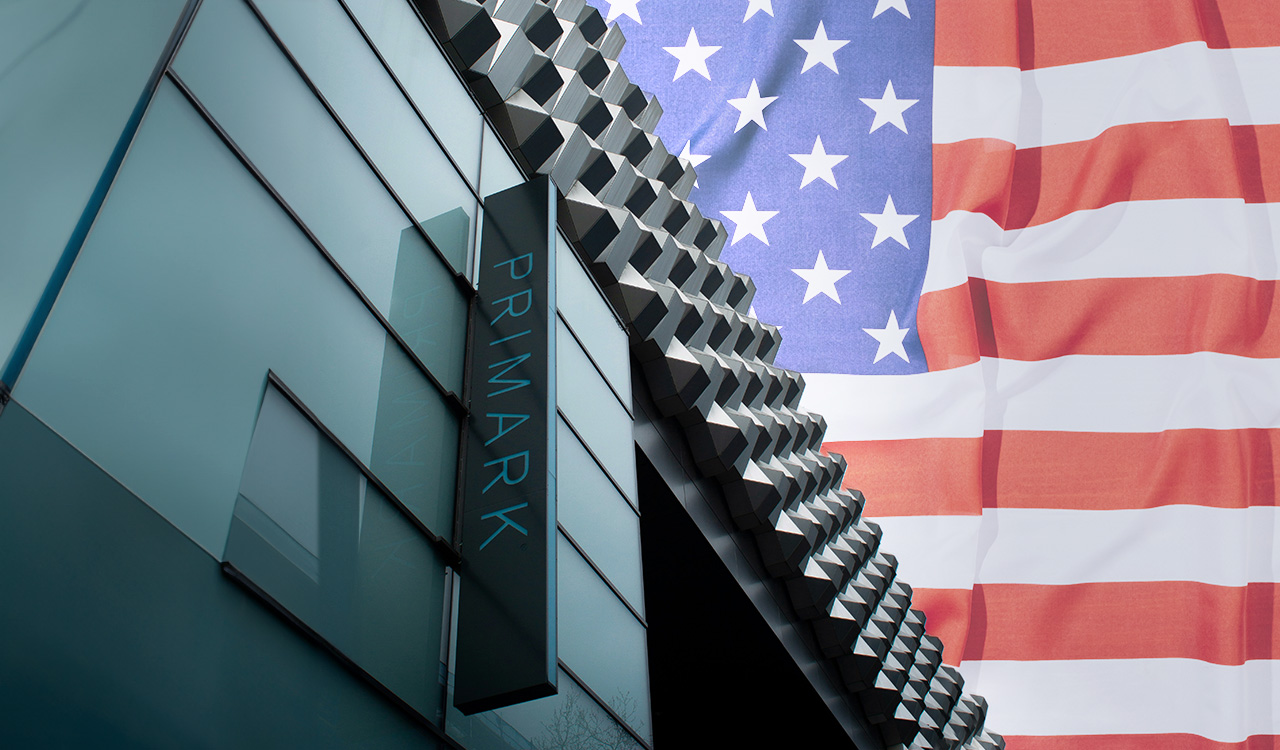Here’s the trendline: A significant shift in Pre-Black Friday sales has occurred over the past several years as retailers move from a cascade of big one-day promotions to deals that “drip” over a longer time period.
“The creep of pre-Black Friday deals is shifting the way retailers plan their promotions. None of them would be wise to resist this current trend of early promotions. However, the key question remains: Is this drip too much for consumers? While the onslaught of daily deals might be exciting for some passionate shoppers, it may be overwhelming for others.”
Pre-Black Friday in the Rear View Mirror
When you look back to 2017, the Black Friday event looks primitive by today’s standards. Retailers provided ad previews a few days before Black Friday and encouraged consumers to come into the store the evening of Thanksgiving Day to get first dibs on discounts. It seems quaint now but recall that Black Friday was a frenzy with frantic consumers lining up outside of stores to get that hot item. What was worse, there were fights in store to grab that coveted item before anyone else. Target gave customers a sneak peek at its Black Friday ad the previous Monday with a call-to-action: “Sneak a peek at our Black Friday ad & make your savings plan now.” Retailers, including Abercrombie & Fitch gave loyalty club members the perk of accessing Black Friday deals online one day early. Old Navy upped the ante – private label credit cardholders could access 50 percent off the entire store an entire week before Black Friday. In a nod to that current environment (and possibly a look to the next several years), at 6:15 a.m. on Black Friday, a Walmart Associate said, “Thanksgiving Day has really become the new Black Friday for us.”
A year later, the push for day-of Black Friday sales continued, though a few deals began to drop prior to the holiday. Sephora offered 15 percent off Friday through Monday before Black Friday. Still, retailers continued their focused push for consumers to visit stores or shop online on Thanksgiving Day. Saks Fifth Avenue incentivized customers to shop post-turkey with “A Black Friday Exclusive: $75 gift card with your $150 purchase,” which was available on Thanksgiving Day online, then in stores on Black Friday.
Then in 2019, stores began to share Black Friday deals the entire week before and encouraged customers to come into the store even earlier on Thanksgiving Day. Promotions tied to loyalty memberships and private label credit cardholders continued, culminating on Thanksgiving Day. Anthropologie offered 30 percent off everything for AnthroPerks loyalty members and Target gave RedCard holders early access to deals on Thanksgiving.
The drive for in-store shopping on Thanksgiving Day reached its apex. Walmart went so far as to help customers plan their in-store shopping route with Black Friday store maps on their app designed to help shoppers locate a specific store to “find deals faster.” Retailers needed to lean into the frenetic pace of the day, lest they be left behind as consumers planned their day to find the hottest deals.
Enter the Pandemic as a Massive Disruptor
Covid was the catalyst to completely disrupt this entire in-store Black Friday strategy. Retailers realized that consumers were researching products and shopping on their mobile devices, and many had shifted a significant portion of their everyday shopping to ecommerce. Then in an aggressive move, Amazon shifted its Prime Days from July to October and thus began the acceleration of the Black Friday drip.
In order to respond to Prime Days, other mass retailers offered their own October deals to compete with Amazon. Some specialty retailers felt the pinch and realized that they would concede dollars if they didn’t offer deals before the traditional November shopping holiday. Abercrombie moved up their loyalty club promotion of 40 percent off the entire store the Monday prior to Black Friday. Anthropologie AnthroPerks members could access 30 percent off the entire store on Tuesday of Black Friday week.
In 2021, promotions accelerated, and retailers continued to entice consumers to shop early, and the drip of Black Friday promotions moved up to the second week of November. Old Navy couched these early promotions under their “Friends & Family event.” Target and Walmart began to offer holiday deals on November 4th. At the time, many consumers were still unsure about the safety of in-store shopping, so retailers got pragmatic and the drive to in-store shopping messaging was minimal. In an unanticipated full-scale shift, the ecommerce shopping phenomenon revolutionized how retailers captured consumers’ spend for the holidays.
Holidays Start in October
Over the past two years, we’ve observed retailers kick-start holiday deals even earlier with persistent promotions. Primarily driven by Prime Day in October, specialty retailers now launch deals in the middle of October to compete with Amazon and other mass retailers to capture early gift buying. This season, online promotions for early shopping discounts appeared almost in unison across all retailers on Monday November 13th.
The strategy is working, and consumers are responding right on cue. The NRF reported that 43 percent of consumers will plan to start making holiday purchases before November. Ulta began pushing Black Friday makeup deals on October 29th with up to 50 percent off and extra loyalty program points. Even brands that aren’t typically part of the Black Friday excitement, such as Patagonia, are getting involved. The outdoor brand published its gift guide on November 9th.
When Is a Drip a Turnoff?
While this creep of deals is shifting how retailers plan their promotions, none of them would be wise to resist this current trend of early promotions. Pressure on retailers to perform and comp year-over-year sales suggests that they have seen consumers react positively to the earlier holiday push. The key question remains: Is this drip too much for consumers? While the daily deals might be exciting for some passionate shoppers, they may be overwhelming for others — especially if the deals get watered down. There are meaningful offers and then there is the race to the bottom. Target’s Deal of the Day email with $50 off an Xbox promotion is compelling and certainly worth clicking open, while 25 percent off Cheez-It the day before – not so much.
In the end, customers vote with their wallets. In a digital marketplace, data and analytics rule. Savvy retailers will closely monitor open, click-through and conversion rates for emails, text and online ads promoting these daily deals to ascertain if the consumer remained engaged during this entire time period and – most importantly – if they were compelled to purchase.
But this is only part of the story. Pre-Black Friday promotions have made the shopping experience transactional. Getting a great deal is not necessarily a dreamy holiday customer experience and the only way to entice shoppers. Nonetheless, we’ll complete this report after Black Friday to reveal who was able to capture consumer dollars for the 2023 holiday season ahead of Black Friday. Who will win and who will lose? Let the games begin.




